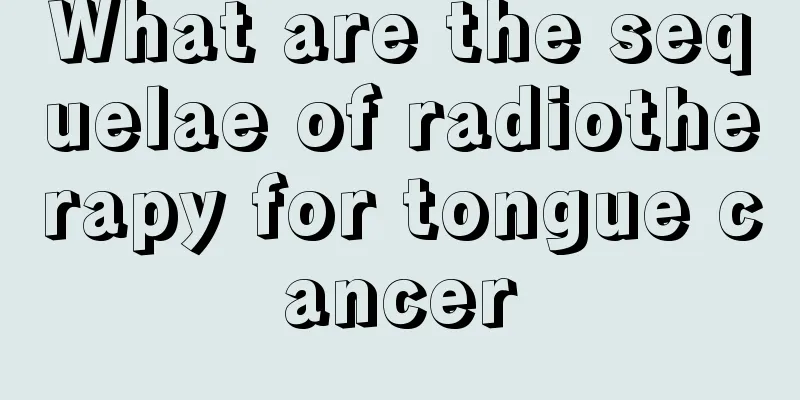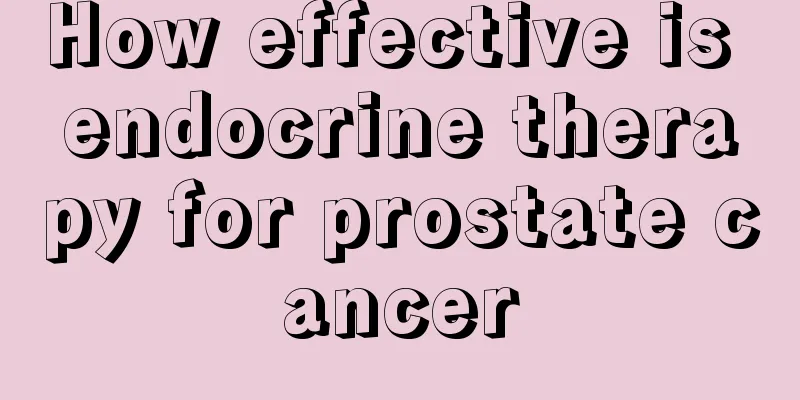How long should the quadruple therapy be taken

|
With the development of medicine, more and more diseases have better treatments, which also increases the survival time of patients. Quadruple therapy is also a relatively new way to treat diseases nowadays, but how long does a course of quadruple therapy last? The so-called quadruple therapy refers to taking two or more antibiotics together, or taking several drugs together, which will be more effective in treating the disease. Of course, it must be taken under the guidance of a doctor. Eradication of Helicobacter pylori can significantly reduce the recurrence rate of chronic gastritis and peptic ulcer, and eradication is of great significance for such patients. However, Helicobacter pylori itself is difficult to kill and is prone to drug resistance, so using a single drug is almost ineffective. Therefore, if the treatment plan is not chosen properly, treatment failure will occur. There are two points to consider when choosing a plan: one is whether the patient is resistant to a certain antibiotic, and the other is whether the patient is allergic to a certain antibiotic. Triple therapy Triple therapy has a history of 20 years, which includes proton pump inhibitors and two antibiotics. However, with the increasing resistance of Helicobacter pylori to antibiotics (especially clarithromycin), the efficacy has been declining, and the eradication rate is only 80% or lower. Both at home and abroad, adjustments have been made to the triple therapy, which was originally the first-line option, and new eradication plans have emerged. Proton pump inhibitors Quadruple therapy Due to the decline in the eradication rate of standard triple therapy, bismuth-containing quadruple therapy has attracted much attention at home and abroad. That is, proton pump inhibitors + 2 antibiotics + bismuth, which is more economical than other therapies and can also achieve a high eradication rate. During eradication, bismuth should be administered before proton pump inhibitors, and the course of treatment can be 10 days and 14 days. The course of treatment can be determined according to the condition of the disease. If necessary, gastric mucosal protectants, drugs that promote gastric emptying, anticholine drugs, etc. can be used appropriately. Bismuth Sequential therapy The specific plan is a triple therapy of proton pump inhibitors + amoxicillin for the first 5 days, and proton pump inhibitors + metronidazole + clarithromycin for the next 5 days. This therapy has brought new hope for the eradication of Helicobacter pylori and is recommended as a first-line eradication plan in European countries. However, in my country, considering the clinical risks and overall drug resistance rate, the domestic consensus does not recommend this plan. Concomitant therapy Concomitant therapy is a type of non-bismuth quadruple regimen that uses four drugs at the same time, namely a proton pump inhibitor + three antibiotics, with a treatment course of 3 or 5 days. However, the simultaneous use of three antibiotics in concomitant therapy is a great test for the patient's physical fitness, and once the treatment fails, the choice of antimicrobial drugs for remedial measures will be limited. Therefore, the domestic consensus does not recommend this regimen. Mosaic therapy The specific plan is to use proton pump inhibitors + amoxicillin in the first 7 days of induction period, and concomitant therapy in the last 7 days. The eradication rate is very high, and it is still effective against Helicobacter pylori infection that is dual-resistant to clarithromycin and metronidazole. However, since this therapy involves the simultaneous use of multiple antibiotics for a relatively long time and has many adverse reactions, it will also limit the choice of antibiotics for remedial measures. Therefore, the domestic consensus does not recommend this option. Quadruple therapy is the Helicobacter pylori eradication regimen recommended by domestic consensus, and it has the least side effects on the body. Eradication should be performed under the guidance of an experienced doctor to avoid medical accidents. During the treatment process, you should also avoid stopping the medication without permission, and communicate with your doctor in a timely manner if you feel any discomfort. It is recommended that treatment be repeated at least 2 to 3 months later, and antibiotics should also be replaced. |
<<: The benefits of morning bowel movements
>>: What does biting a straw represent in psychology
Recommend
How to wash underwear
Underwear is the clothes we come into contact wit...
Will eating hawthorn slices make you fat
Hawthorn slices are a rare snack that can strengt...
3 recovery methods for advanced prostate cancer
Many prostate cancer patients lose confidence in ...
How to remove scale from pipes
It is more difficult and complicated to remove th...
Is the breast cancer edema treatment device effective?
Breast cancer is one of the most common malignant...
Can drinking a glass of milk every day help you grow taller? And what should you pay attention to?
I believe that growing taller is the dream of man...
Is lung cancer hereditary? If you want to know the hereditary nature of lung cancer, please read these points
In the past, everyone believed that "lung di...
How to conduct bone cancer examination
How to conduct bone cancer examination? There are...
Is there a connection between lower limb edema and liver cancer? What are the symptoms of liver cancer?
Liver cancer has one of the highest incidence rat...
Can grapefruit relieve cough?
Pomelo is a very common fruit. Not only the flesh...
What to do if the neck lines are very deep
We all know that in our lives, we often see or he...
Itchy palate due to cold
Normally, there won't be any oral problems wh...
Why is the back of my head feeling stuffy?
Many people say that they feel stuffy and heavy a...
Is there a high chance of having a boy through IVF?
If a normal person wants to get pregnant, most of...
Clinical significance of D-dimer
Many people may not have heard of D-dimer, but th...









